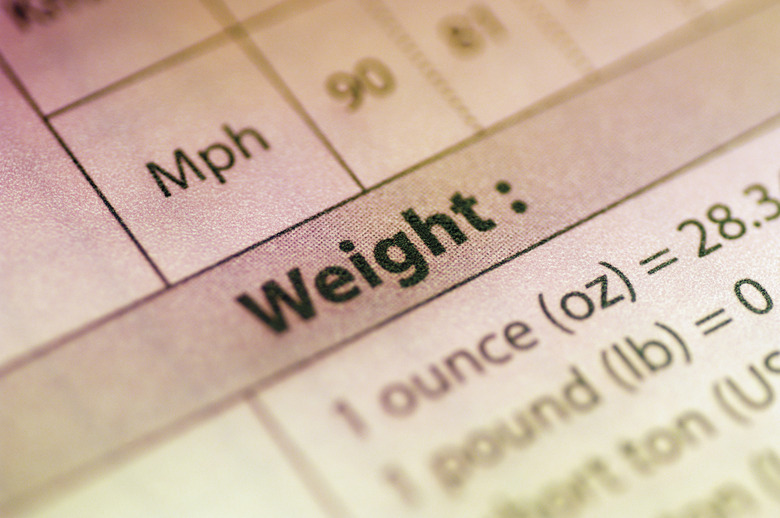What Is Pharmaceutical Math?
A pharmaceutical math course is often a core requirement for students who plan to pursue professional careers as pharmacists. Pharmaceutical math prepares students for performing mathematical calculations that are important to the distribution of medications. There's little room for error in this field, so pharmacists' calculations must be accurate and reliable.
Technical Math and Conversions
Technical Math and Conversions
Pharmaceutical math combines math formulas with chemical equations to create content that's vital to a pharmacist's role and job responsibilities. Pharmacy students must perform calculations that involve measurements, fractions, decimals, conversions and ratios. A pharmacist might need to convert metric measurements to household measurements. For example, it takes 240 milliliters to fill an 8-ounce bottle of prescription cough syrup, because there are 30 milliliters in one ounce — so 30 milliliters times 8 ounces equals 240 milliliters. Accurate calculations ensure the safety and well-being of patients.
Cite This Article
MLA
Tucker, Kristine. "What Is Pharmaceutical Math?" sciencing.com, https://www.sciencing.com/pharmaceutical-math-22659/. 24 April 2017.
APA
Tucker, Kristine. (2017, April 24). What Is Pharmaceutical Math?. sciencing.com. Retrieved from https://www.sciencing.com/pharmaceutical-math-22659/
Chicago
Tucker, Kristine. What Is Pharmaceutical Math? last modified August 30, 2022. https://www.sciencing.com/pharmaceutical-math-22659/
